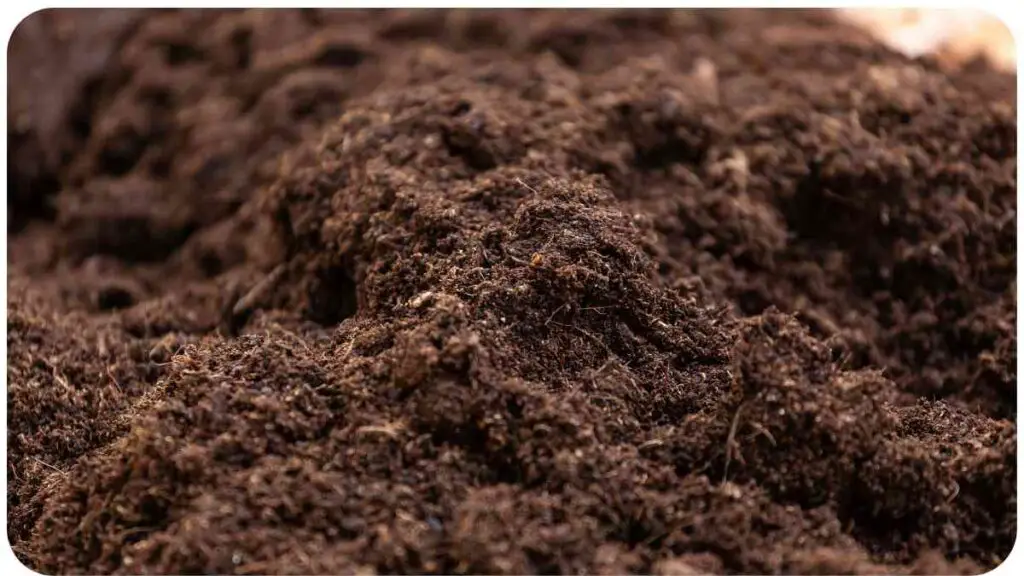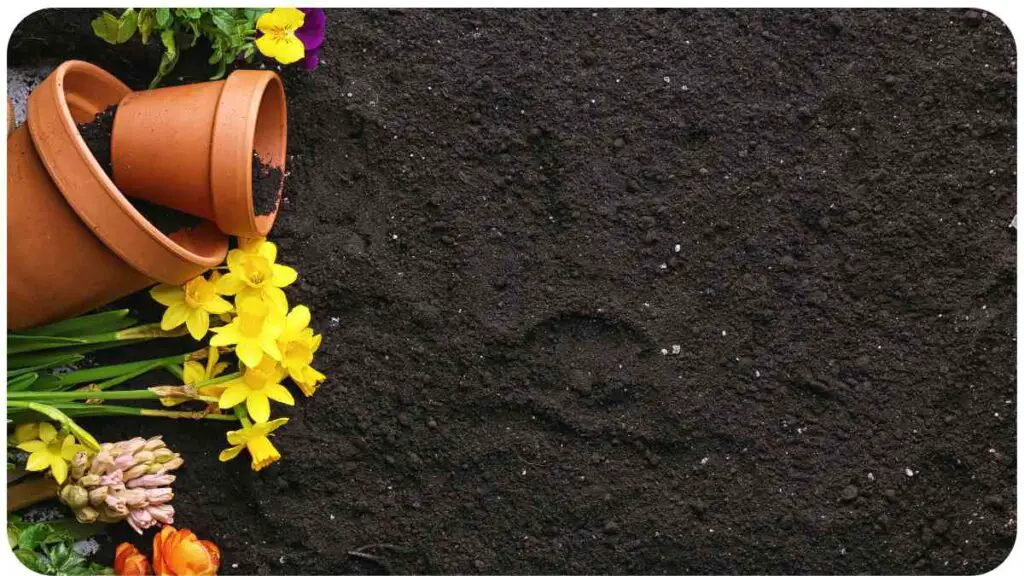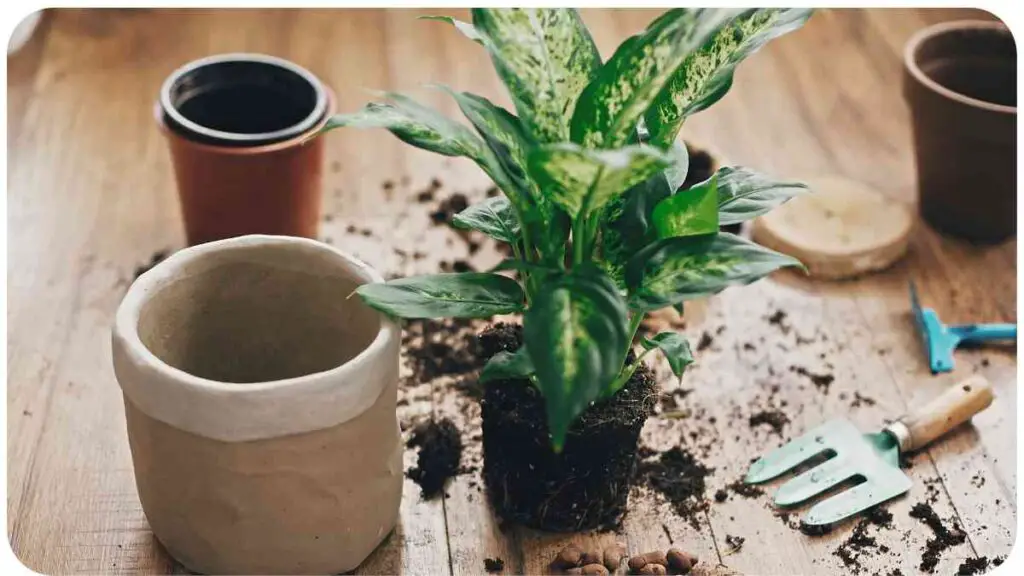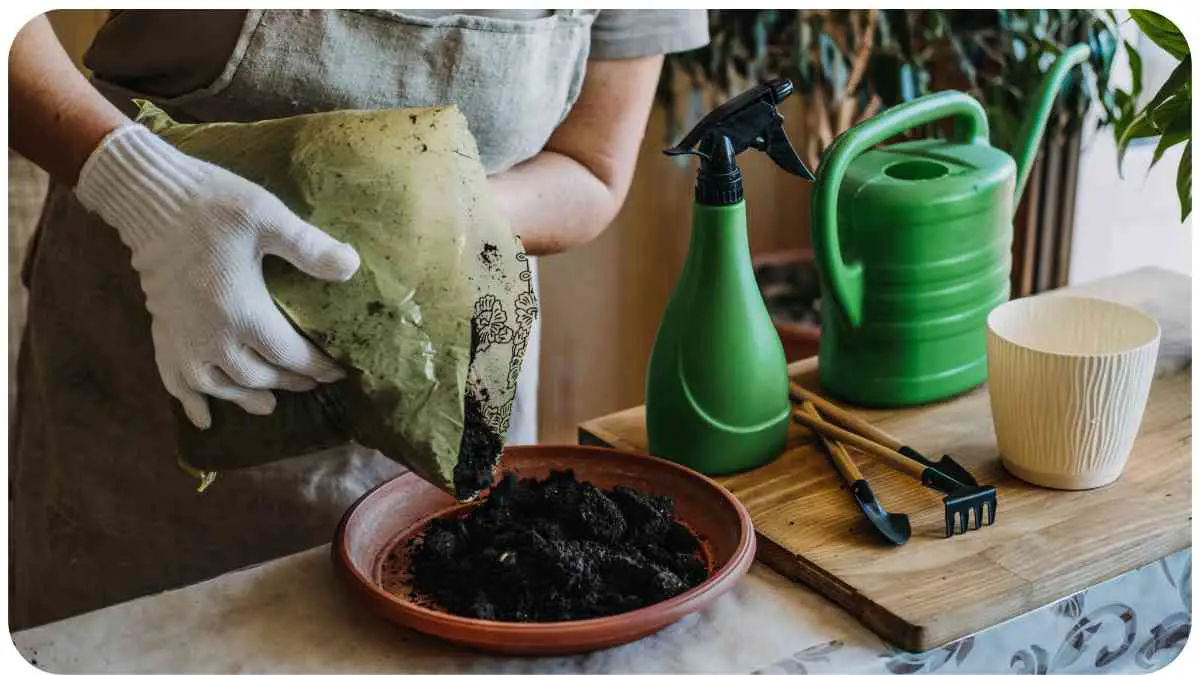Potting soil is the lifeblood of container gardening, providing essential nutrients and support for plant growth. However, like any other growing medium, it requires periodic replacement to maintain its effectiveness.
In this article, we’ll delve into the question: How often should I replace my potting soil? We’ll explore the signs indicating it’s time for a change, factors influencing replacement frequency, and practical tips for extending the lifespan of your potting soil.
| Key Takeaways |
|---|
| Regularly replacing potting soil is essential for maintaining healthy container plants. |
| Signs indicating it’s time to replace potting soil include compacted soil, poor drainage, nutrient deficiency, and presence of pests or diseases. |
| Factors influencing soil replacement frequency include the type of plants, container size, environmental conditions, and soil composition. |
| Different plants require varying intervals for potting soil replacement, with succulents and cacti needing replacement every 2-3 years and annual flowers requiring yearly refreshment. |
| When replacing potting soil, follow proper steps such as preparation, removing old soil, cleaning containers, adding new soil, and watering/fertilizing. |
| Strategies for extending potting soil lifespan include crop rotation, top dressing, water management, and aeration. |
| Additional resources for further reading on potting soil replacement include blog posts and guides from reputable sources. |
2. Importance of Potting Soil Replacement

Potting soil is not a one-time investment; it’s a resource that needs refreshing to sustain healthy plant growth. Over time, the soil becomes compacted, drains poorly, and loses its fertility as nutrients are depleted. By replacing potting soil regularly, you ensure that your plants have access to the vital nutrients they need for robust growth and productivity.
Knowing when to change your potting soil is crucial for maintaining healthy plants. Signs of soil deterioration include compaction, drainage issues, and decreased plant growth. Regularly assessing soil quality ensures optimal conditions for your garden’s success.
Table 1: Signs It’s Time to Replace Potting Soil
| Signs of Soil Degradation | Explanation |
|---|---|
| Compacted Soil | Soil becomes dense and hard, hindering root growth and water infiltration. |
| Poor Drainage | Waterlogged soil leads to root rot and nutrient leaching. |
| Nutrient Deficiency | Yellowing leaves, stunted growth, and poor flowering indicate a lack of essential nutrients. |
| Presence of Pests or Diseases | Soil may harbor pests, pathogens, or weed seeds detrimental to plant health. |
3. Signs It’s Time to Replace Potting Soil
Recognizing when your potting soil needs replacing is crucial for maintaining healthy plants. Here are some telltale signs to watch out for:
Table 2: Factors Influencing Soil Replacement Frequency
| Factors | Influence |
|---|---|
| Type of Plants | Different plants have varying nutrient requirements and growth habits, affecting soil depletion rates. |
| Container Size | Smaller containers restrict root growth and nutrient availability, necessitating more frequent soil replacement. |
| Environmental Conditions | Extreme temperatures, high humidity, and intense sunlight accelerate soil breakdown and nutrient loss. |
| Soil Composition | Organic components decompose over time, reducing soil structure and fertility. |
Knowing these factors can help you gauge when it’s time to refresh your potting soil, ensuring optimal growing conditions for your plants.
Identifying bad potting mix is essential to prevent plant health issues. Signs of poor-quality mix include foul odors, mold growth, and decreased water absorption. Regularly inspecting your potting mix helps maintain a thriving garden environment.
4. Factors Influencing Soil Replacement Frequency

Several factors influence how often you should replace your potting soil. Let’s explore each of these factors in more detail:
Type of Plants
Different plants have unique needs when it comes to soil composition and nutrient requirements. For example, succulents and cacti thrive in well-draining soil with minimal organic matter, while annual flowers benefit from nutrient-rich soil that promotes vigorous blooming.
Container Size
The size of your containers plays a significant role in soil replacement frequency. Smaller containers have limited space for root growth and nutrient storage, leading to quicker depletion of soil nutrients. Larger containers, on the other hand, can sustain plants for longer periods without needing soil replacement.
Environmental Conditions
Environmental factors such as temperature, humidity, and sunlight exposure impact soil degradation rates. Hot, dry conditions accelerate soil drying and nutrient loss, while excessive moisture can lead to soil compaction and root rot. It’s essential to consider your local climate when determining soil replacement frequency.
Determining the right amount of potting soil for peppers ensures optimal plant growth. Adequate soil volume supports root development and nutrient uptake, leading to healthy pepper plants. Understanding the proper soil requirements is essential for successful pepper cultivation.
Soil Composition
The composition of your potting soil affects its longevity and nutrient-holding capacity. Soil mixes high in organic matter decompose faster than those with a higher proportion of mineral components. Regularly amending soil with organic matter can help replenish nutrients and improve soil structure, extending its lifespan.
Understanding these factors allows you to tailor your soil replacement schedule to meet the specific needs of your plants and growing conditions.
5. How Often to Replace Potting Soil for Different Plants
The frequency of potting soil replacement varies depending on the type of plants you’re growing. Here’s a general guideline for different plant categories:
Succulents and Cacti
Succulents and cacti prefer well-draining soil that mimics their native arid environments. Replace their potting soil every 2-3 years to prevent soil compaction and maintain optimal drainage.
Annual Flowers
Annual flowers have high nutrient requirements to support continuous blooming throughout the growing season. Refresh their potting soil annually or between planting seasons to ensure they have access to essential nutrients for robust growth and flowering.
Revitalizing old potting soil can extend its usability and benefit your plants. Methods such as amending with compost, aerating, and adding organic matter can rejuvenate depleted soil. Recycling old soil reduces waste and promotes sustainability in gardening practices.
Perennial Flowers
Perennial flowers have longer lifespans and may remain in the same container for several years. However, periodic soil replacement every 2-3 years helps replenish nutrients and maintain soil structure for healthy root development.
Herbs
Herbs are relatively low-maintenance plants but benefit from fresh potting soil to support their rapid growth and flavor development. Replace herb potting soil every 1-2 years to ensure they remain productive and flavorful.
Vegetables
Vegetables are heavy feeders that deplete soil nutrients quickly, especially in containers. Refresh vegetable potting soil annually to support vigorous growth and abundant harvests.
By following these guidelines, you can ensure that your plants have access to the nutrients they need for optimal growth and productivity.
6. Steps to Replace Potting Soil

When it’s time to replace your potting soil, follow these steps to ensure a smooth transition:
Preparation
Gather all necessary materials, including fresh potting soil, containers, and gardening tools.
Removing Old Soil
Carefully remove plants from their containers, shaking off excess soil from the roots. Dispose of old soil or compost it if it’s still in good condition.
Exploring the suitability of potting soil for anoles ensures a comfortable habitat for your pet reptile. Factors like moisture retention, substrate texture, and safety are crucial considerations. Choosing the right soil type contributes to the well-being of your anoles.
Cleaning Containers
Thoroughly clean containers with soap and water to remove any debris or pathogens that may be present.
Adding New Soil
Fill containers with fresh potting soil, leaving enough space at the top for watering. Gently firm the soil around the roots of transplanted plants.
Watering and Fertilizing
Water newly potted plants thoroughly to settle the soil and hydrate the roots. Depending on the plant’s needs, apply a balanced fertilizer to provide essential nutrients for healthy growth.
By following these steps, you can rejuvenate your container garden with fresh potting soil, setting the stage for vibrant and thriving plants.
7. Tips for Extending Potting Soil Lifespan
While periodic soil replacement is necessary, there are several strategies you can employ to extend the lifespan of your potting soil:
- Rotate Crops: Rotate plants in your containers to prevent soil depletion and disease buildup.
- Top Dressing: Add a layer of compost or organic mulch to replenish nutrients and improve soil structure.
- Water Management: Avoid overwatering to prevent soil compaction and nutrient leaching.
- Aeration: Use aeration techniques such as double digging or adding perlite to improve soil drainage and oxygenation.
By implementing these tips, you can maximize the longevity of your potting soil and promote healthy plant growth year after year.
Conclusion
Knowing when and how often to replace your potting soil is essential for maintaining healthy and productive container gardens. By understanding the signs of soil degradation, considering various factors influencing replacement frequency, and following practical tips for soil maintenance, you can ensure optimal growing conditions for your plants year after year.
So, don’t wait until your plants start to suffer and refresh your potting soil regularly to keep your garden thriving!
Further Reading
Here are some additional resources for further reading on potting soil replacement:
- How to Refresh Potted Plants by Changing Soil: This blog post provides step-by-step instructions for refreshing potted plants by changing the soil, ensuring healthy and thriving plants.
- Martha Stewart: How Often to Change Soil for Houseplants: Martha Stewart’s guide offers insights into the frequency of soil changes for houseplants, helping you maintain a lush and vibrant indoor garden.
- Simple Grow: When to Replace Potting Soil: Simple Grow’s page discusses the importance of knowing when to replace potting soil and offers practical tips for ensuring the success of your container garden.
FAQs
Here are some frequently asked questions about potting soil replacement:
Can I reuse old potting soil?
Yes, you can reuse old potting soil with proper amendments and sterilization, but it’s often more practical to replace it with fresh soil to ensure optimal plant health.
How do I know if my potting soil is still good?
Check for signs of soil degradation such as compaction, poor drainage, and nutrient deficiency. If the soil smells sour or harbors pests, it’s time for replacement.
Can I mix old and new potting soil together?
Mixing old and new potting soil can help stretch your resources, but be mindful of nutrient imbalances and potential disease transmission.
What are the benefits of replacing potting soil?
Replacing potting soil replenishes nutrients, improves soil structure, and reduces the risk of pests and diseases, promoting healthier plant growth.
How often should I replace potting soil for different types of plants?
The frequency of potting soil replacement varies depending on the type of plants, with succulents and cacti needing replacement every 2-3 years and annual flowers requiring yearly refreshment.

For 15 years, Hellen James has worked in the gardening industry as an expert and landscape designer. During her career, she has worked for a variety of businesses that specialize in landscaping and gardening from small firms to large corporations.

